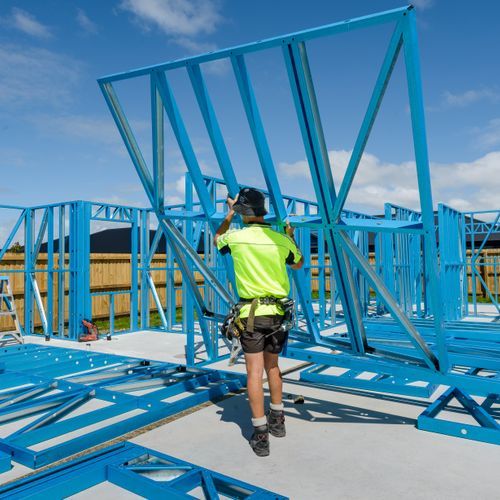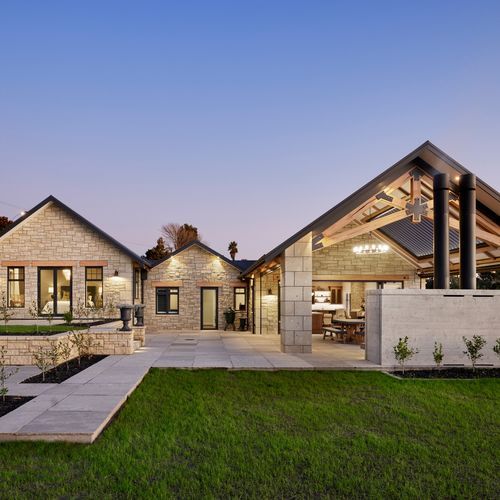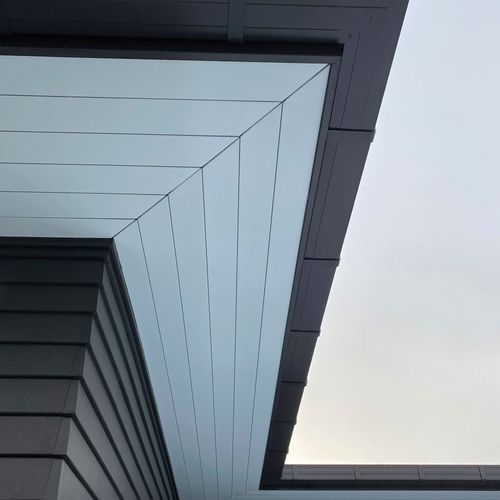Roof Frames & Trusses
- Roof trusses are essential for creating a roof’s frame. They determine the roof’s shape and ceiling, and they also provide support for the top. Some common types are king post, queen post, fink, attic, scissor, and gable. In addition, a girder truss supports other structural basics in the frame, such as purlins. To get the proper roof frames, check out ArchiPro!Why ArchiPro?
No more endless searching -
Everything you need, all in one place.Real projects, real experts -
Work with vetted architects, designers, and suppliers.Designed for New Zealand -
Projects, products, and professionals that meet local standards.From inspiration to reality -
Find your style and connect with the experts behind it.Start your Project
Start you project with a free account to unlock features designed to help you simplify your building project.
Learn MoreBecome a Pro
Showcase your business on ArchiPro and join industry leading brands showcasing their products and expertise.
Learn More









